The Magic of Symbiosis in North Sulawesi
If you are looking for an example of the magic of evolution, the symbiotic relationships of marine life in North Sulawesi is it. In this area there are innumerable marine creatures that help each other on a daily basis in a variety of ways. Many of the examples we will give in this article are spotted regularly on dives in the area around Gangga Island Resort and Spa.
Bodyguards
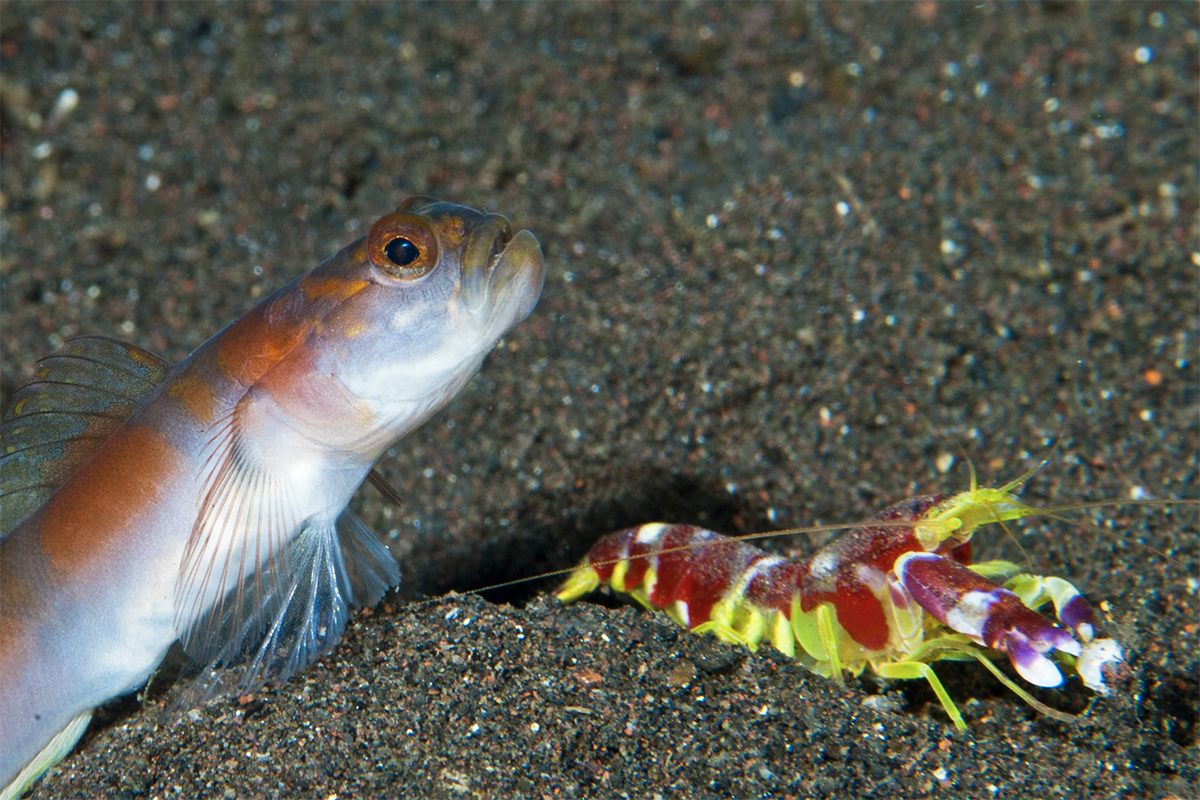
There are some great muck diving sites in the Gangga Island area where you might see sand gobies and many types of shrimps. It’s the pistol shrimps (sometimes called blind shrimps) that you need to look out for though. These shrimp dig burrows to hide in and, being blind, they need to be able to get out of the sight of predators.
However, the most amazing thing about this burrow is that a sand goby will station itself at the opening of the burrow and keep guard while the shrimp burrows. They even twitch their tale as a signal to the shrimp if a predator is approaching! Why would the goby do this? Because the shrimp then lets the goby use the burrow for resting and hiding its eggs when it is time to breed.
Cleaners
You may have seen photos of the toothy grin of a moray eel with a delicate cleaner shrimp bravely perched on its mouth. Morays allow the cleaner shrimp to give them a good teeth cleaning and the shrimp get a tasty feast of parasites and scraps. Yum!
Another species that do a great job cleaning is the clownfish, which we know lives in amongst anemones. Thanks to a special coating on its body the clownfish is immune to the stings of the anemone and can move easily through its tentacles eating algae and other edible scraps as it moves. This in turn aids in the growth and aeration of the anemone, allowing it grow and regenerate.
Transport
Another smart little shrimp you might see while diving in North Sulawesi is the emperor shrimp. This shrimp gets around by gripping onto sea cucumbers or nudibranchs, jumping off when they find a good feeding spot.
Emperor shrimps utilize sea cucumbers for transport purposes by gripping tightly to the cucumber as it moves along. The shrimp will leave the cucumber on occasions to hunt around for food before climbing back on board to travel to the next feeding spot. While they are catching a ride they also clean any parasites from their lift. This keeps the nudis and sea cucumbers clean and healthy and the emperor shrimps well fed. The perfect symbiotic relationship.
Camouflage
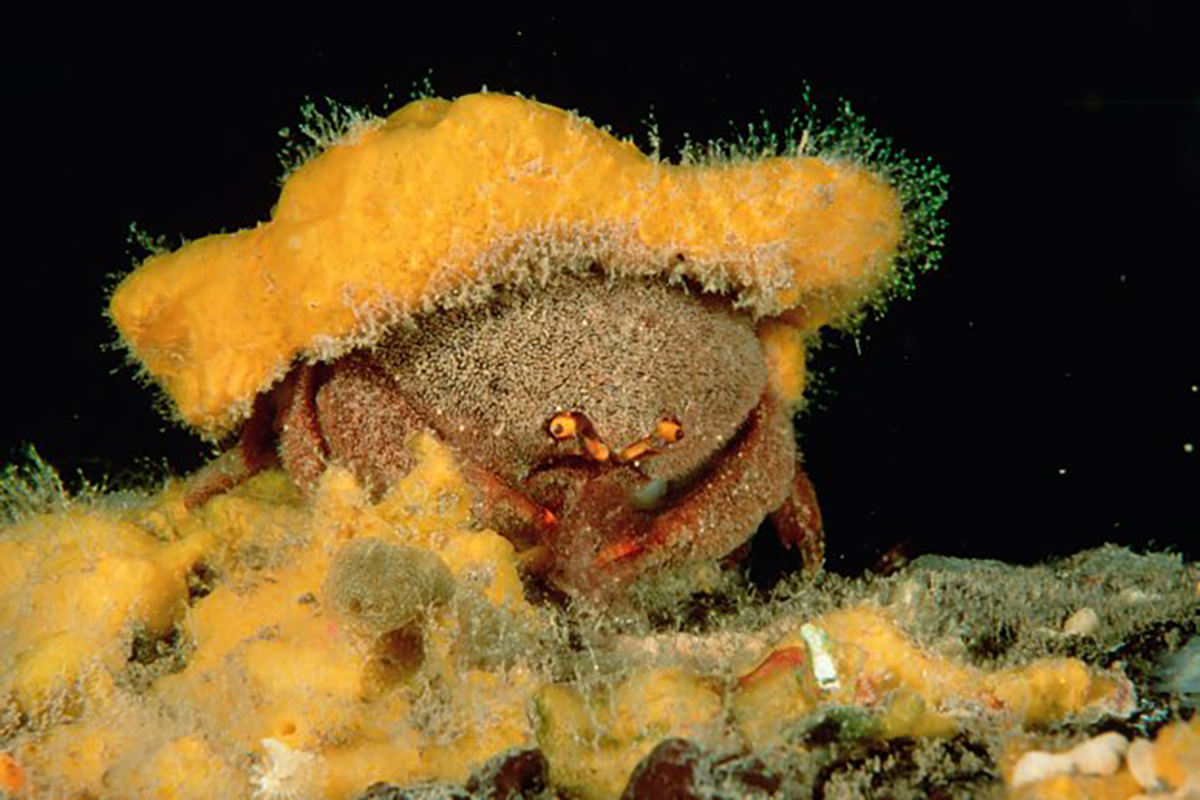
Decorator crabs are actually named for their behavior displayed in their symbiotic relationship with sea sponges. They use their pincers to snip off pieces of sponge and decorate themselves with it. This gives the crabs excellent camouflage from predators and the sponges actually continue to survive and continue feeding wherever the crab takes them. This is certainly one of the most unique symbiotic relationships you might see around Gangga Island.
There are many, many more incredible examples of symbiosis around North Sulawesi but these are some of our favorites. Have you ever seen any other examples on dives? We are always interested to hear about your experiences, so leave us a comment in the box below!
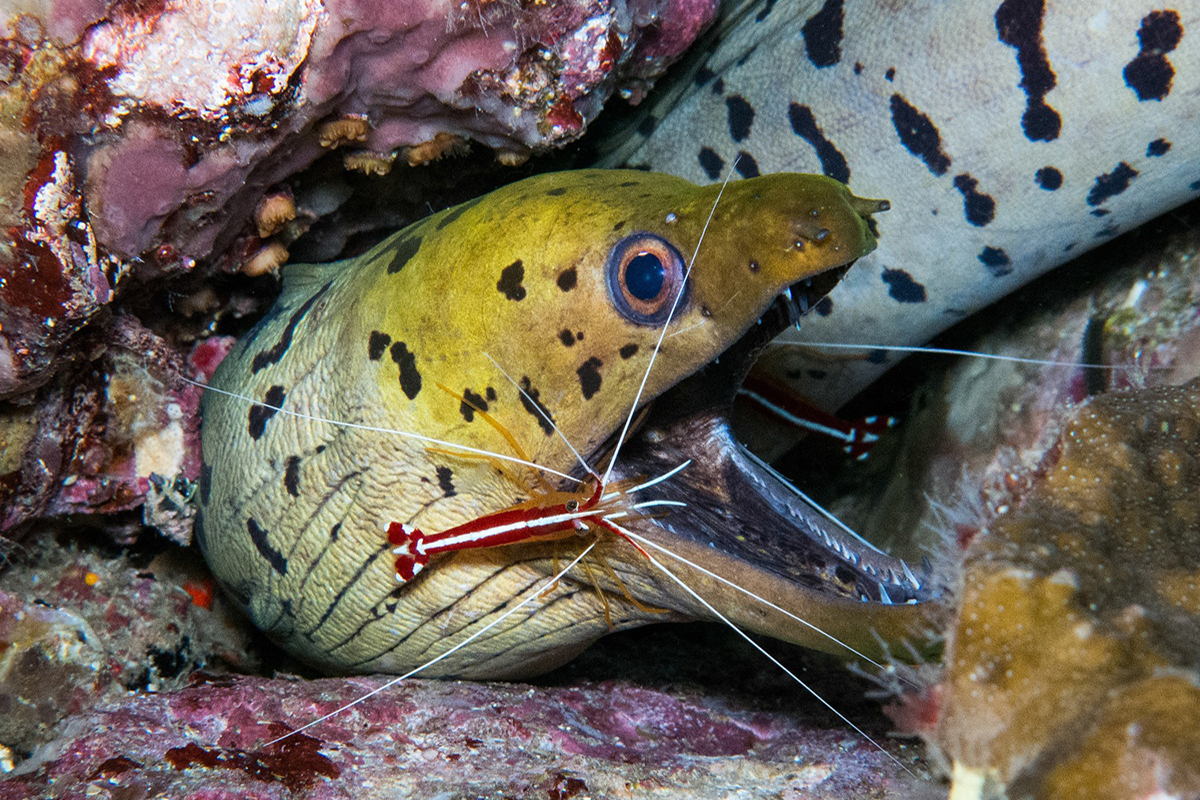
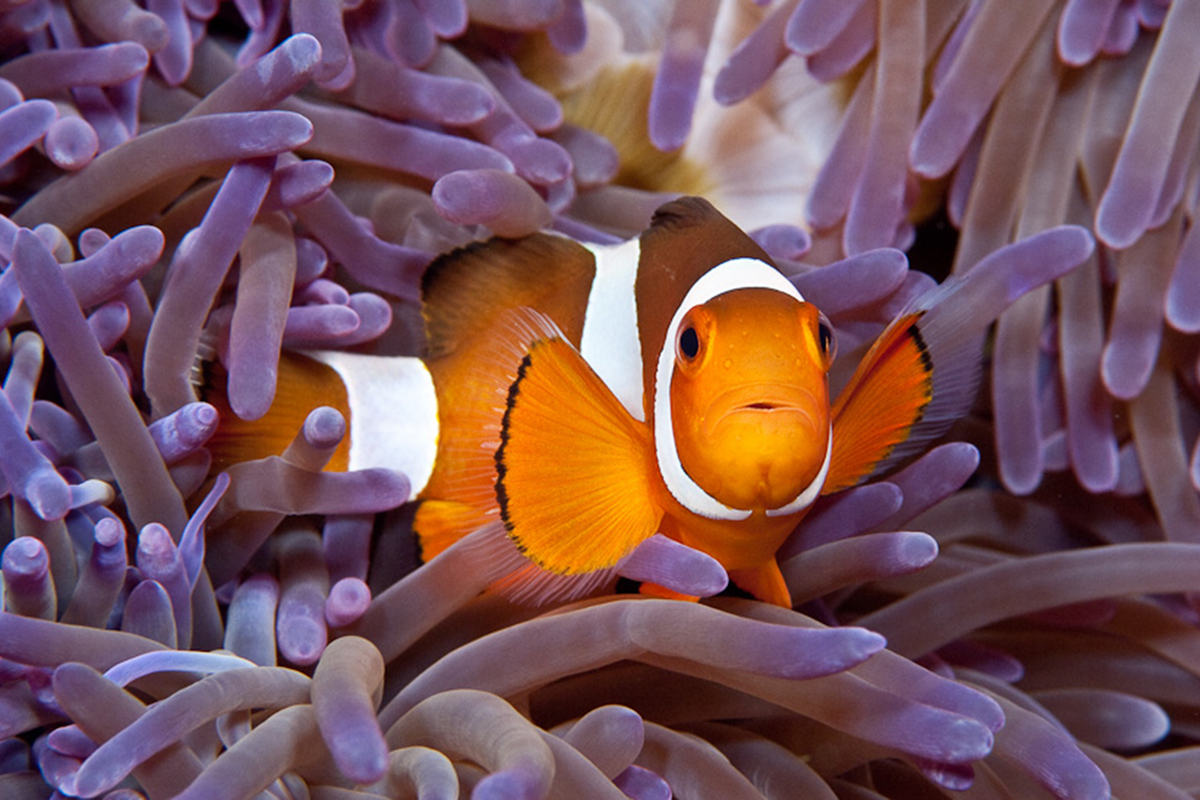
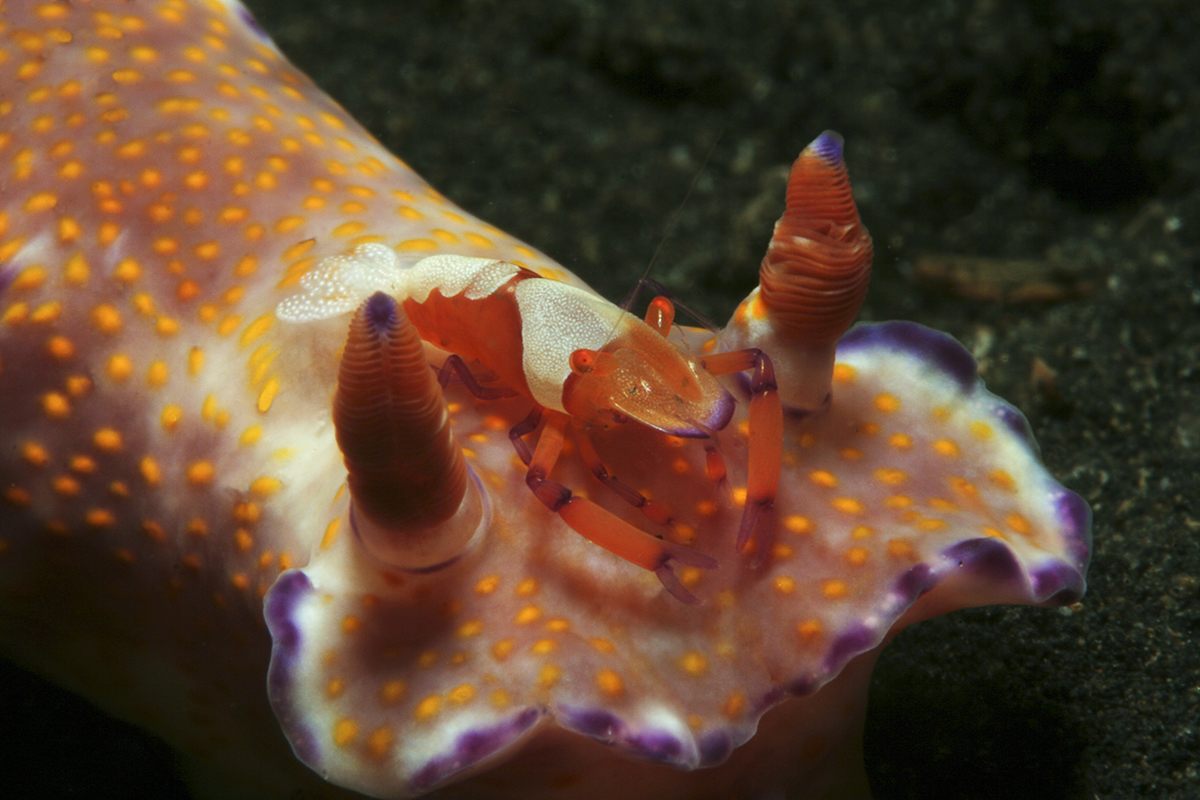
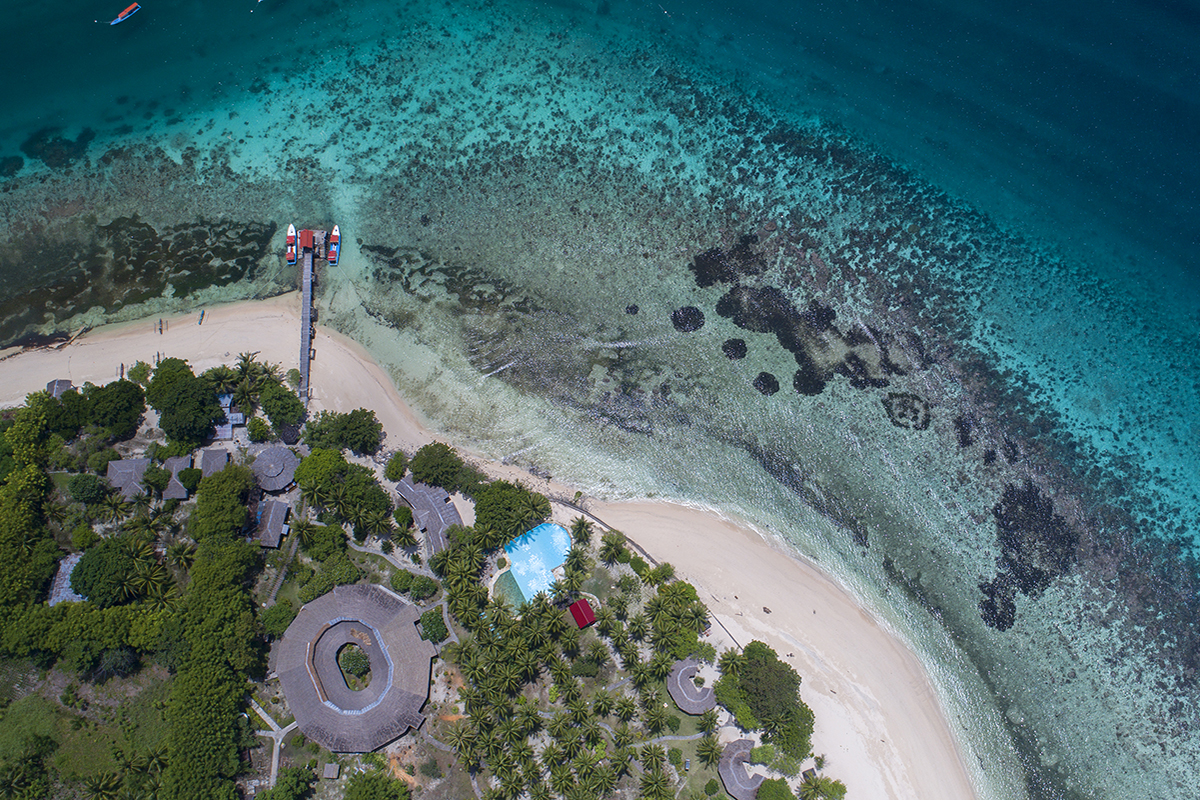

 (1 votes, average: 4.00 out of 5)
(1 votes, average: 4.00 out of 5)